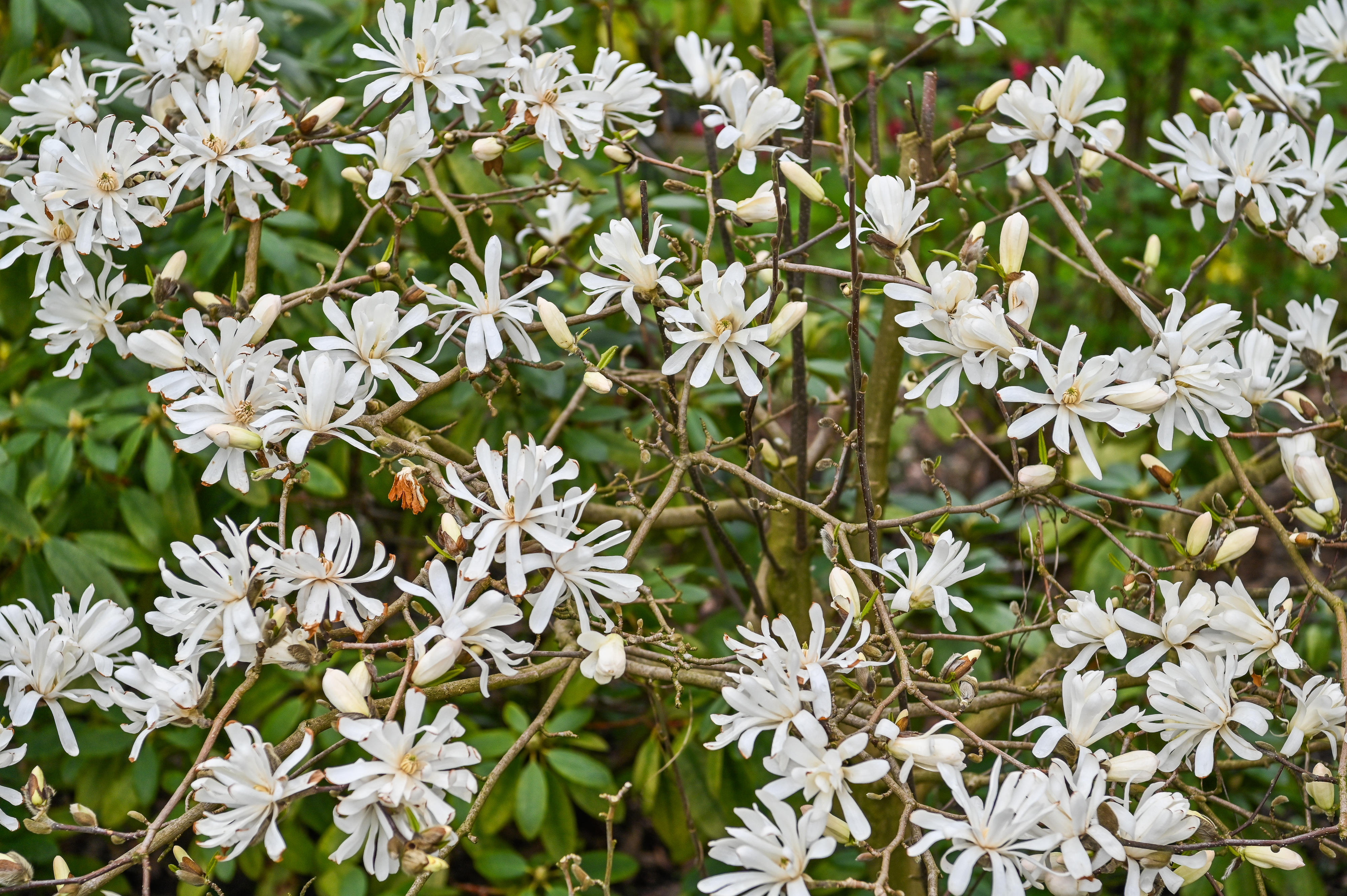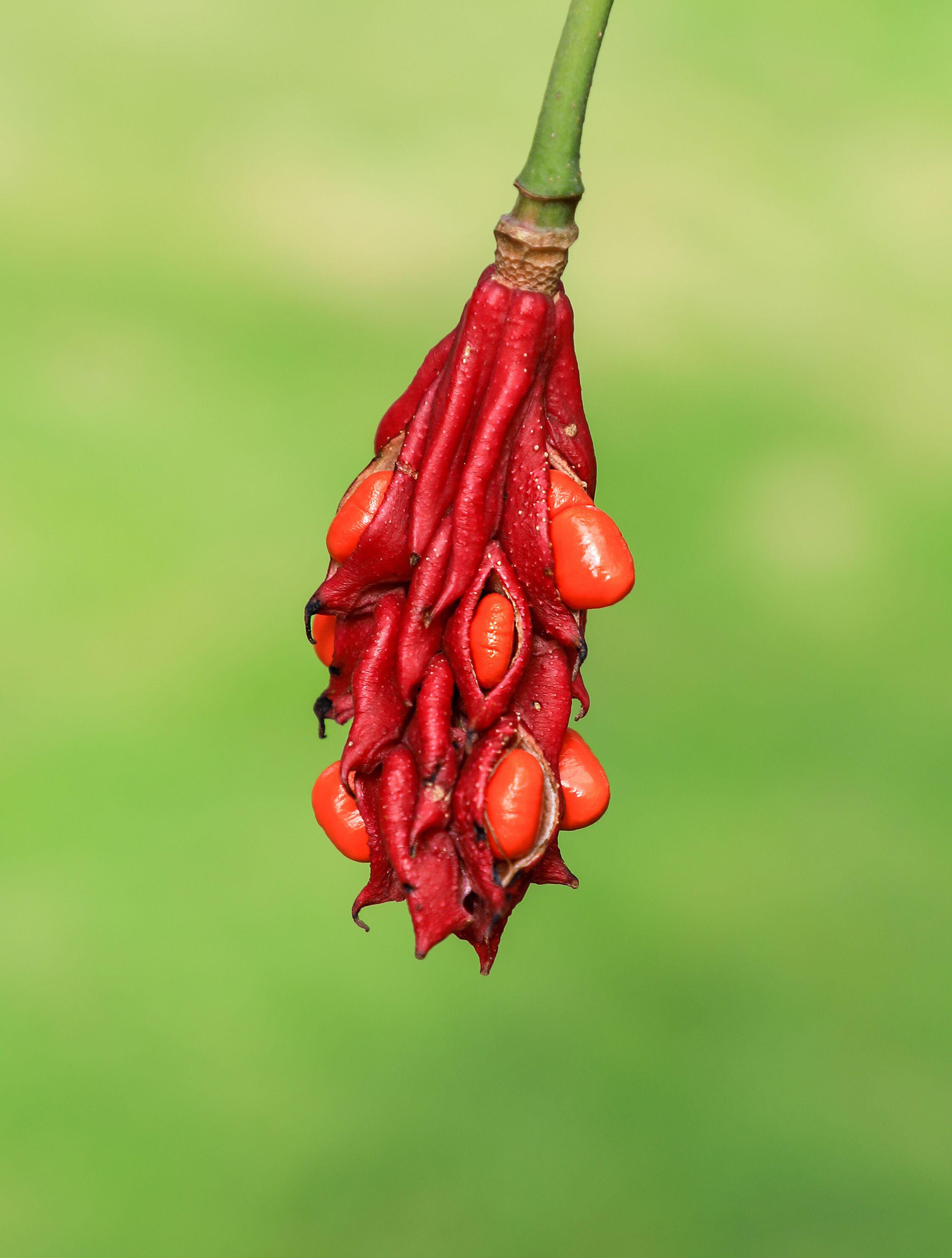How to choose a gorgeous magnolia for your garden
There are types for every setting, says an expert
Magnolias come into all their glory in spring, producing saucer-sized, goblet-shaped pink blooms on huge trees, or starry white and pink blooms on smaller specimens.
“There a magnolia for every garden, whatever the size of the patch,” says magnolia expert William Dyson, curator of Great Comp Garden, a seven-acre idyll in Kent which is home to more than 80 specimens of magnolia trees and 52 different varieties.
“Choose a variety which size matches the space you want to grow it in, because that way you can avoid pruning the tree. It’s important to avoid pruning, if you can, because they don’t really like it.
View this post on Instagram
“If you have a small space, don’t buy a larger variety and hope you can keep trimming it down to fit your garden. Buy one that fits your design.”
Most magnolias prefer full sun, a fertile, moist, well-drained soil and slightly acidic or neutral conditions, in a sheltered position, according to the RHS, but there are exceptions. M. grandiflora, M. stellata and loebneri, for example, will grow in alkaline soil.
Here, Dyson offers a guide to which ones might suit your space.
Small gardens

“If you have a smaller garden, go for Magnolia stellata, which produces lots of beautiful flowers, some of which are scented,” he suggests.
Medium-sized gardens
View this post on Instagram
“Think about loebneri varieties like ‘Merrill’ which grows up to 20ft in height or ‘Leonard Messel’, but be warned, they do come out early.
“Magnolia liliiflora ‘Nigra’ x M. veitchii ‘Peppermint Stick’ is a beauty. A hybrid from the 1960s, this tree enjoys sun and a well-drained soil.”
Large gardens
View this post on Instagram
“If you’ve a big garden, you can grow the campbellii subsp mollicomata – we have a particular specimen that has grown to 30ft, although it has taken 35 years to get there! But I have grown one to 15ft in just 10 years. The flowers are the size of dinner plates.
“‘Star Wars’ (a campbellii hybrid) is a big one – we have one that’s 20ft x 20ft and was planted 20 years ago, growing a foot a year.”
The large leaves of the ‘Star Wars’ magnolia provide great shade in the summer and may also rebloom in August, he adds.
When do they flower?
View this post on Instagram
“The magnolias begin to come into bloom mid-March, but we also have lots of later-flowering magnolias.”
At Great Comp, the campbellii are the first to flower and can bloom from the end of February, followed by soulangeana, loebneri and denudata in March. Those which flower in April include the Svelte Brunettes group, M. veitchii and ‘Star Wars’, which can flower to mid May, while M. grandiflora flowers in late summer and September.
Frost damage
View this post on Instagram
“Early frosts can play havoc with magnolias”, warns Dyson.
“The ones who get a touch of the frost first are the soulangeana types – anything below -3C and it’s game over for the year. I still love these magnolias, even if they are susceptible to frost. A fantastic variety is ‘Rustica Rubra’, dark pink in colour with a goblet-shaped flower, which is quite distinct from a usual soulangeana.
“The loebneri varieties can also be affected by frost. We love the Magnolia loebneri ‘Leonard Messel’, a fairly early flowering tree. If it does catch the frost, it still looks beautiful.
“If you choose the later-flowering magnolia varieties you will have more chance of keeping the petals pure in pinks and whites.”
Why don’t they always produce flowers?
View this post on Instagram
“Some magnolias can have a ‘mast year’, one where they produce lots of flowers, and then the following year they may have a year off. The campbellii can do this, and we are wondering this year whether or not it will flower because we’ve had two spectacular years in a row with hundreds of pink blooms.”
Can you extend magnolia flowering?
“It’s a good idea to plan ahead and make sure the tree has had enough water in autumn. A drought in August can have a knock-on effect for the magnolia come the spring – it takes effort and energy to bloom and the tree needs to stay hydrated to do this well.”
What about fallen blooms?
View this post on Instagram
The spent flowers can create a mess under the tree, so you’ll need to rake them up over lawns and pathways, although if the blooms fall into flower beds they can act as a decorative mulch.
How can you keep the tree interesting once it has flowered?
“Underplant with geraniums, persicaria and ferns,” Dyson suggests.

A magnolia seed pod
“Some larger and more mature varieties have added interest from seed pods which look rather like broad bean pods. When the pods ripen, they split open to reveal scarlet fruits which are very decorative.
“Magnolia x soulangeana ‘Rustica Rubra’ and Magnolia x veitchii both do this reliably. Also, there is often good autumn colour from most deciduous forms.”
Great Comp Garden, Platt, near Borough Green in Kent, is open to the public seven days a week from March, and holds its annual ‘Spring Fling’ on Sunday, April 13. Full details at greatcompgarden.co.uk
The Press Association
Latest posts by The Press Association (see all)
- How to make a simnel cake for Easter - April 13, 2025
- Best places to see bluebells this spring - April 11, 2025
- Jayne Torvill says farewell tour with Christopher Dean will be ‘quite emotional’ - April 11, 2025
- 6 foods that are great for your heart health - April 8, 2025
- Award-winning actors to star in Second World War film released for VE Day - April 8, 2025




















